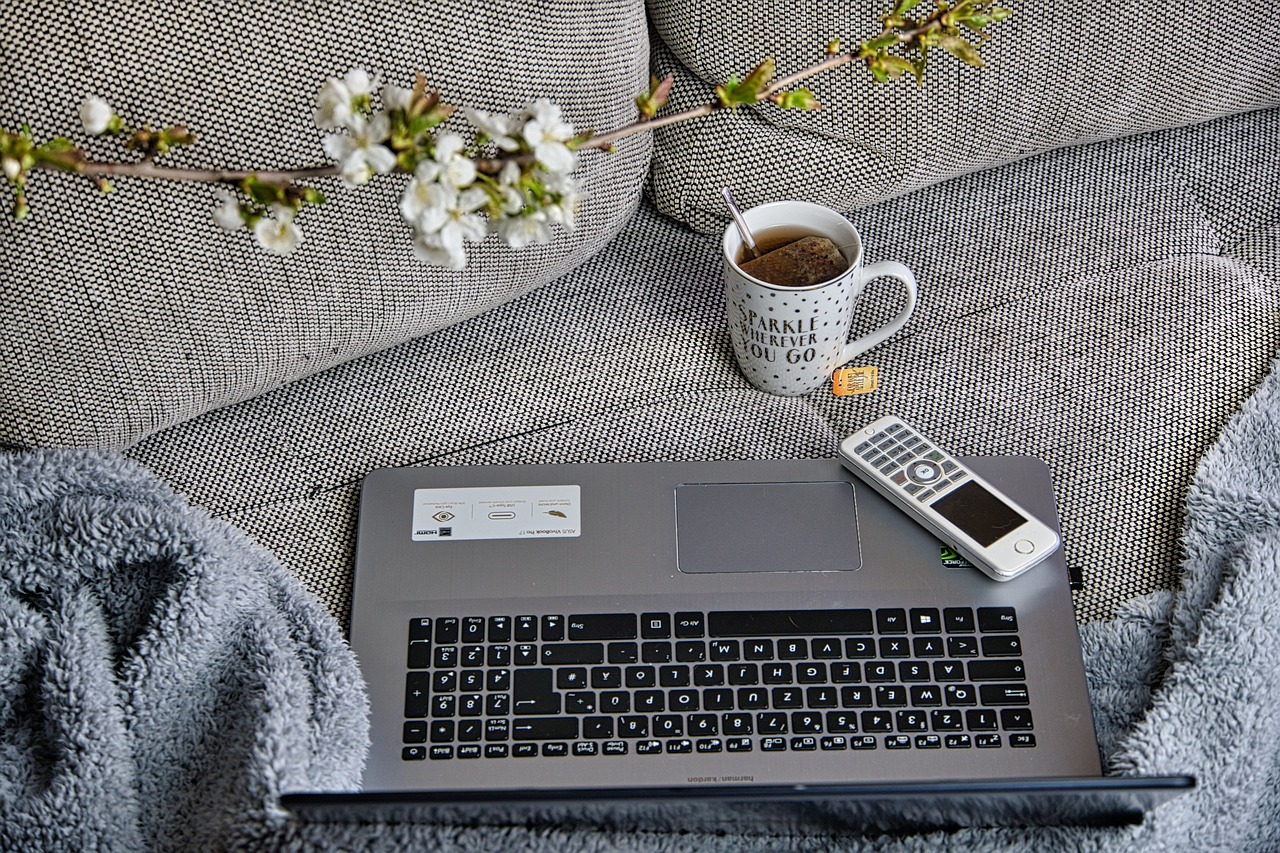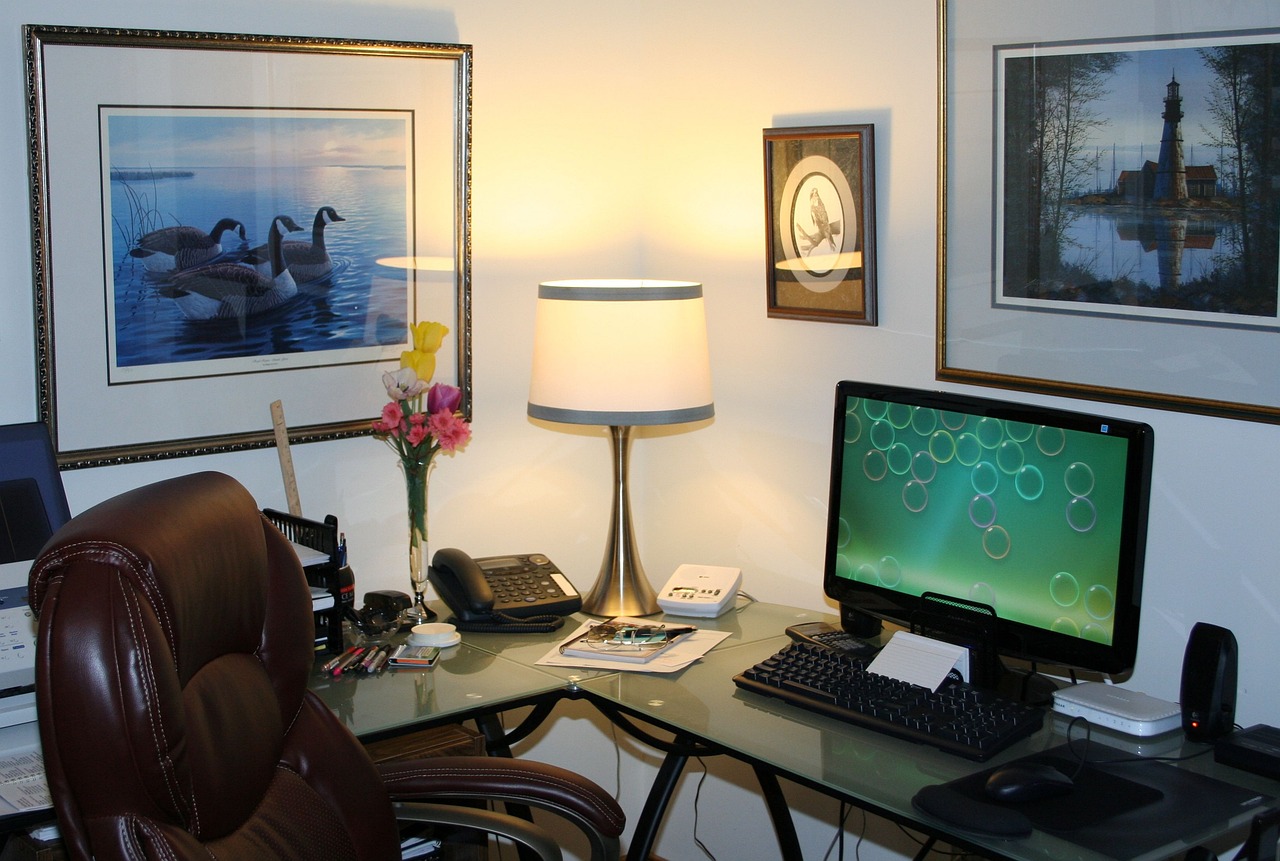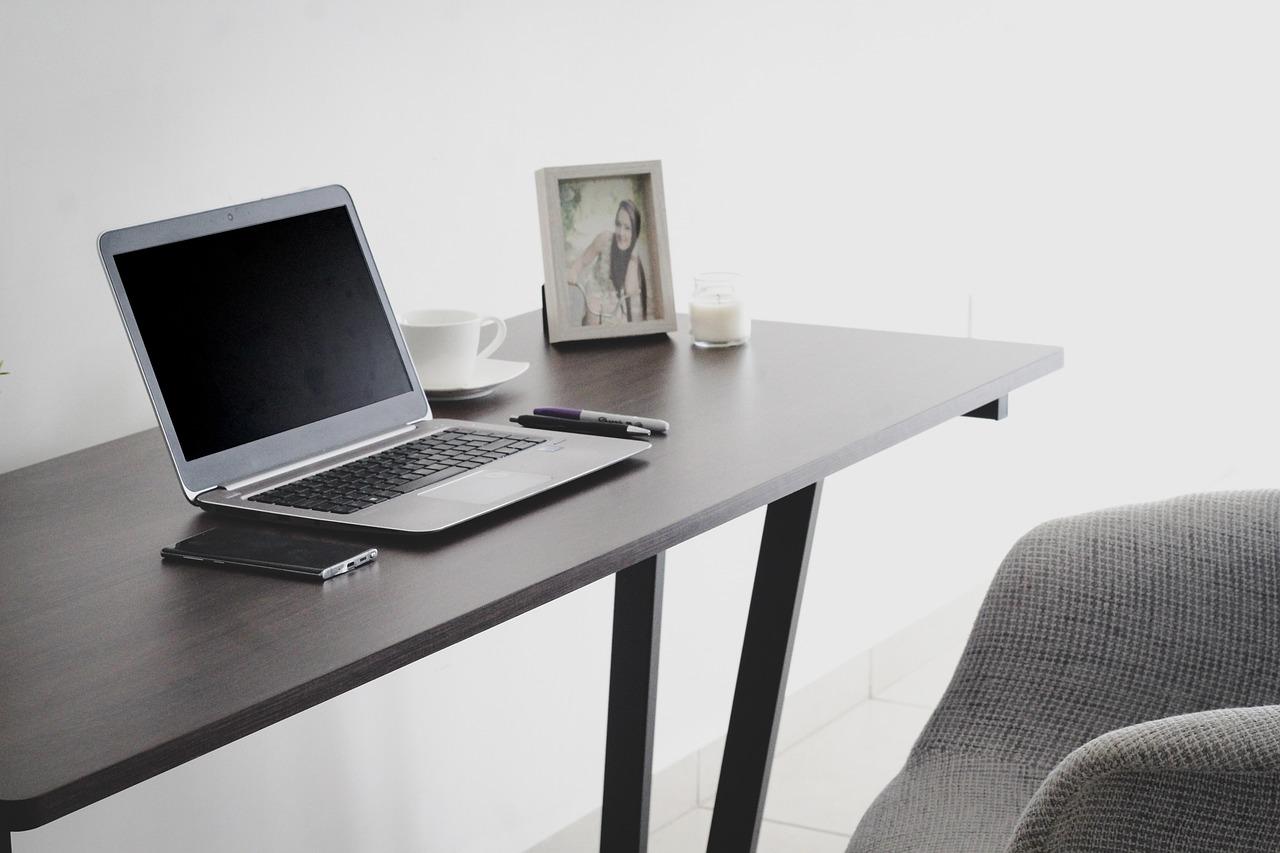Designing Home Offices for Productivity and Style

Planning your home office space is a crucial first step in creating an environment that fosters productivity and reflects your personal style. A well-thought-out office layout can significantly impact your work efficiency and overall satisfaction with your workspace. Before diving into the specifics of furniture and decor, it’s essential to carefully consider your needs and available space.
Assessing Your Needs
To create a home office that truly works for you, start by assessing your specific requirements:
- Work Type: Consider the nature of your work and the tasks you’ll be performing.
- Equipment: List all the equipment and tools you’ll need to have on hand.
- Storage: Evaluate your storage needs for documents, supplies, and personal items.
- Client Meetings: Determine if you’ll need space for in-person or virtual client meetings.
- Time Spent: Estimate how many hours per day you’ll be working in your home office.
| Key Consideration | Questions to Ask Yourself |
|---|---|
| Work Type | What tasks will I primarily be doing? |
| Equipment | What devices and tools are essential for my work? |
| Storage | How much paperwork and supplies do I need to store? |
| Client Interactions | Will I be hosting clients or conducting video calls? |
| Work Duration | How many hours per day will I spend in my office? |
Choosing the Right Location
The location of your home office can significantly impact your productivity and work-life balance. When selecting the ideal spot:
- Natural Light: Prioritize areas with ample natural light to boost mood and energy.
- Noise Levels: Choose a quiet space away from household distractions.
- Size: Ensure the area is large enough to accommodate your needs comfortably.
- Separation: If possible, select a location that allows for a clear division between work and living spaces.
- Accessibility: Consider proximity to essential amenities like bathrooms and kitchen.
Ergonomic Furniture Choices
Investing in ergonomic furniture is crucial for maintaining good health and maximizing productivity in your home office. Ergonomically designed furniture helps prevent discomfort, reduces the risk of repetitive strain injuries, and promotes better posture. By choosing the right ergonomic solutions, you can create a workspace that supports your body and enhances your overall work experience.
Selecting an Ergonomic Chair
An ergonomic chair is the cornerstone of a comfortable and healthy home office setup. Look for these key features:
- Adjustable Height: Ensures proper alignment with your desk and computer screen.
- Lumbar Support: Maintains the natural curve of your lower back.
- Seat Depth: Allows for proper thigh support and circulation.
- Armrests: Supports your arms and shoulders to reduce strain.
- Swivel Base: Enables easy movement and access to different areas of your desk.
Top Ergonomic Chairs:
- Herman Miller Aeron: Known for its exceptional support and breathability.
- Steelcase Leap: Offers advanced adjustability and promotes movement.
- Humanscale Freedom: Features a self-adjusting recline for effortless posture changes.
- Autonomous ErgoChair Pro: Provides high-end features at a more affordable price point.
- SIDIZ T50: Offers a balance of ergonomic features and sleek design.
Choosing the Right Desk
Your desk is the central element of your home office, and selecting the right one is crucial for both comfort and productivity:
- Standing Desks: Allow for alternating between sitting and standing positions throughout the day.
- L-Shaped Desks: Provide ample workspace and are great for corner setups.
- Compact Desks: Ideal for small spaces or minimalist preferences.
- Executive Desks: Offer a professional look and often include built-in storage.
- Adjustable Height Desks: Provide flexibility for different tasks and users.
| Desk Type | Benefits |
|---|---|
| Standing Desk | Promotes movement, reduces sedentary time |
| L-Shaped Desk | Maximizes corner space, separates work areas |
| Compact Desk | Space-efficient, suitable for small rooms |
| Executive Desk | Professional appearance, often includes storage |
| Adjustable Height Desk | Versatile for various tasks and ergonomic needs |
Optimizing Lighting

Proper lighting in your home office is essential for reducing eye strain, preventing headaches, and maintaining high energy levels throughout the workday. A well-lit workspace not only enhances your productivity but also contributes to the overall ambiance of your home office.
Natural vs. Artificial Lighting
Natural light is ideal for a home office environment, offering numerous benefits:
- Improved Mood: Exposure to natural light can boost mood and reduce stress.
- Enhanced Productivity: Natural light has been linked to increased focus and efficiency.
- Energy Savings: Utilizing daylight can reduce the need for artificial lighting during work hours.
- Better Sleep: Natural light exposure during the day can improve sleep quality at night.
Tips for Maximizing Natural Light:
- Position your desk near a window, but avoid direct glare on your screen.
- Use light-colored, reflective surfaces to bounce light around the room.
- Install sheer curtains or adjustable blinds to control light intensity.
- Consider adding a skylight or sun tube if possible.
- Use mirrors strategically to amplify natural light in darker areas.
Best Practices for Artificial Lighting
While natural light is preferred, artificial lighting is often necessary to ensure consistent illumination throughout the day:
- Layer Your Lighting: Combine ambient, task, and accent lighting for a well-balanced setup.
- Use LED Bulbs: They provide energy-efficient, long-lasting illumination with less heat output.
- Incorporate Task Lighting: Use desk lamps or under-cabinet lights for focused work areas.
- Consider Color Temperature: Choose bulbs with a color temperature between 3000K-5000K for optimal productivity.
- Install Dimmer Switches: Allow for adjustable lighting levels to suit different tasks and times of day.
Organizing Your Workspace
A well-organized workspace is key to maintaining focus and efficiency in your home office. Clutter can be a significant distraction and source of stress, while a tidy and organized space promotes clarity of mind and improved productivity.
Storage Solutions
Implementing effective storage solutions helps keep your workspace clean and functional:
- Floating Shelves: Utilize vertical space for books, binders, and decorative items.
- Filing Cabinets: Essential for organizing important documents and paperwork.
- Desk Organizers: Keep frequently used items within easy reach.
- Drawer Dividers: Maximize drawer space and keep small items sorted.
- Wall-Mounted Organizers: Use wall space for calendars, notes, and supplies.
Storage Options Comparison:
| Storage Solution | Best For | Space Efficiency |
|---|---|---|
| Floating Shelves | Books, decor | High |
| Filing Cabinets | Documents | Medium |
| Desk Organizers | Stationery | Low |
| Drawer Dividers | Small items | High |
| Wall-Mounted Organizers | Calendars, notes | High |
Cable Management Tips
Effective cable management not only improves the appearance of your workspace but also enhances safety and accessibility:
- Use Cable Ties: Group related cables together to reduce tangling.
- Label Cables: Identify each cable for easy troubleshooting and organization.
- Install Cable Trays: Hide cables under your desk or along walls.
- Invest in Wireless Devices: Reduce cable clutter with wireless keyboards, mice, and printers.
- Use Cable Clips: Secure cables to your desk or wall to keep them in place.
Personalizing Your Space

Adding personal touches to your home office can significantly enhance your mood, motivation, and overall work experience. While maintaining a professional appearance is important, incorporating elements that reflect your personality and interests can make your workspace more inviting and inspiring.
Incorporating Art and Decor
Art and decor can transform a bland office into a stimulating work environment:
- Wall Art: Choose pieces that inspire creativity or promote calmness.
- Photo Displays: Include personal photos to add warmth and motivation.
- Desk Accessories: Select stylish organizers and accessories that complement your decor.
- Rugs: Add texture and color to define your workspace.
- Decorative Lighting: Use unique lamps or light fixtures as functional art pieces.
Types of Decor to Enhance Your Home Office:
- Inspirational Quotes: Motivational sayings can boost morale and focus.
- Vision Boards: Visual representations of goals and aspirations.
- Sculptures: Small sculptures can add interest to shelves or desktops.
- Textiles: Throw pillows or curtains can add comfort and style.
- Cultural Items: Artifacts or souvenirs that reflect your interests or travels.
Adding Plants and Greenery
Incorporating plants into your home office offers numerous benefits:
- Air Purification: Many plants naturally filter indoor air pollutants.
- Stress Reduction: Being around plants can lower stress levels and improve mood.
- Increased Productivity: Studies show that plants can enhance focus and creativity.
- Aesthetic Appeal: Plants add life and color to your workspace.
Best Plants for Home Offices:
- Snake Plant: Low-maintenance and excellent air purifier.
- Pothos: Versatile, easy to grow, and great for hanging baskets.
- Spider Plant: Resilient and effective at removing indoor pollutants.
- Succulents: Perfect for small spaces and require minimal care.
- Peace Lily: Thrives in low light and helps maintain humidity levels.
Integrating Technology
In today’s digital age, integrating the right technology into your home office is crucial for maximizing productivity and efficiency. From essential hardware to smart home solutions, technology can streamline your work processes and enhance your overall work-from-home experience.
Essential Tech Tools
Equipping your home office with the right tech tools can significantly boost your productivity:
- Dual Monitors: Increase screen real estate for multitasking and improved workflow.
- Noise-Cancelling Headphones: Minimize distractions and enhance focus during calls or concentrated work.
- Ergonomic Keyboard and Mouse: Reduce strain and improve comfort during long work sessions.
- High-Quality Webcam: Essential for professional video conferencing.
- Wireless Charging Station: Keep devices charged without cluttering your desk with cables.
Top Tech Tools and Their Benefits:
| Tech Tool | Primary Benefit |
|---|---|
| Dual Monitors | Enhanced multitasking and productivity |
| Noise-Cancelling Headphones | Improved focus and call quality |
| Ergonomic Keyboard and Mouse | Reduced physical strain |
| High-Quality Webcam | Professional appearance in video calls |
| Wireless Charging Station | Convenient device charging and reduced cable clutter |
Smart Home Office Solutions
Incorporating smart home technology can enhance the functionality and convenience of your home office:
- Smart Lighting: Adjust brightness and color temperature automatically or via voice commands.
- Smart Thermostats: Maintain optimal temperature for comfort and energy efficiency.
- Voice Assistants: Use voice commands for quick tasks like scheduling or setting reminders.
- Smart Power Strips: Control multiple devices and reduce standby power consumption.
- Automated Blinds: Adjust natural light levels throughout the day for optimal comfort and energy savings.
Maintaining a Work-Life Balance
When your home becomes your office, maintaining a healthy work-life balance can be challenging. Establishing clear boundaries and routines is essential for your mental health, productivity, and overall well-being.
Setting Boundaries
Creating physical and mental boundaries between your work and personal life is crucial:
- Designate a Specific Workspace: Have a dedicated area for work that you can “leave” at the end of the day.
- Establish Work Hours: Set clear start and end times for your workday.
- Create a Transition Ritual: Develop a routine to signal the beginning and end of your workday.
- Communicate Boundaries: Inform family members or housemates about your work schedule.
- Use Separate Devices: If possible, use different devices for work and personal activities.
Tips for Establishing Clear Boundaries:
- Use Visual Cues: A closed door or a specific light can signal you’re in work mode.
- Dress for Work: Changing clothes can help mentally transition between work and personal time.
- Set Communication Rules: Establish when you’re available for work-related communications.
- Take Regular Breaks: Step away from your workspace during lunch and short breaks.
- Avoid Work Creep: Resist the temptation to check work emails or messages during off-hours.
Creating a Routine
A consistent daily routine can help maintain productivity and work-life balance:
- Morning Preparation: Start your day with a consistent morning routine.
- Scheduled Breaks: Include regular breaks in your workday for rest and rejuvenation.
- Time Blocking: Allocate specific time blocks for different tasks or types of work.
- End-of-Day Review: Wrap up your workday by reviewing accomplishments and planning for tomorrow.
- After-Work Activities: Plan enjoyable activities for after work to create a clear separation.
Importance of a Daily Routine:
- Increased Productivity: A routine helps you stay focused and efficient during work hours.
- Improved Work-Life Balance: Clear start and end times prevent work from encroaching on personal time.
- Reduced Decision Fatigue: Having a set routine reduces the number of decisions you need to make daily.
- Better Stress Management: Knowing what to expect each day can reduce anxiety and stress.
- Enhanced Well-being: A balanced routine ensures time for self-care and personal activities.
Conclusion
Designing a home office that balances productivity and style is a personal journey that requires thoughtful planning and execution. By carefully considering your needs, investing in ergonomic furniture, optimizing lighting, and incorporating personal touches, you can create a space that not only enhances your work performance but also reflects your individual style.
Remember that the key to a successful home office lies in its ability to support your work habits while maintaining a clear boundary between your professional and personal life. Implement the strategies discussed in this guide to create a home office that inspires productivity, creativity, and overall well-being.
As you set up or refine your home office, don’t be afraid to experiment with different layouts and elements to find what works best for you. Your home office should evolve with your needs, so regularly reassess and adjust your setup to ensure it continues to serve you effectively.
With the right approach, your home office can become more than just a place to work—it can be a space that motivates you, supports your goals, and contributes positively to your work-life balance.
